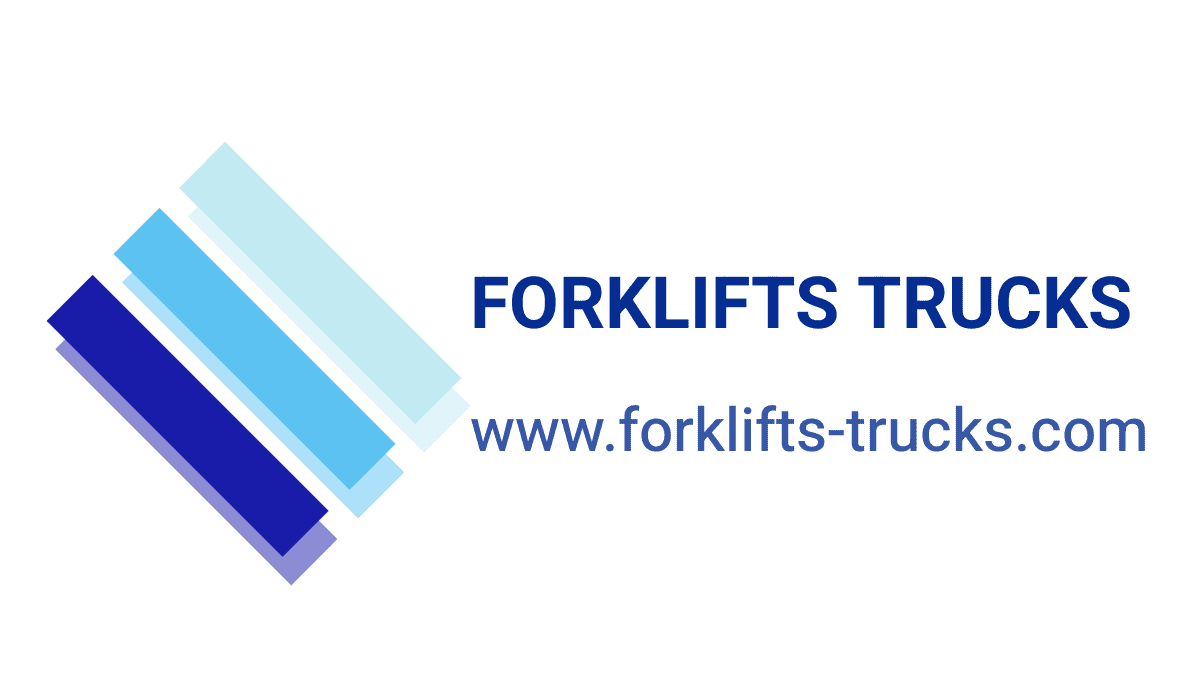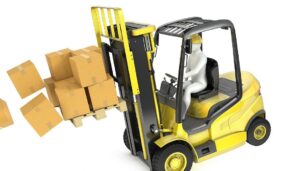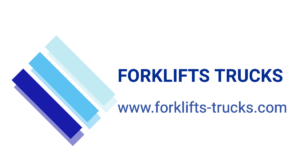Forklifts typically use one of several types of suspension systems, which are designed to enhance stability and load handling. The main types include:
1. **Solid Axle Suspension**:
– Common in many forklifts, this system features a rigid axle that connects the front wheels. It offers durability and is suitable for flat surfaces but may provide a rough ride on uneven terrain.
2. **Independent Suspension**:
– This system allows each wheel to move independently, providing better traction and smoother handling on uneven surfaces. It helps maintain stability, especially when navigating ramps or rough terrain.
3. **Cushion Tire Suspension**:
– Used primarily in indoor forklifts, this type employs solid rubber tires that absorb some shock, providing a smoother ride on hard surfaces. While it doesn’t have a traditional suspension system, the cushion tires help reduce vibrations.
4. **Articulated Suspension**:
– Found in specialized forklifts, such as reach trucks, this system allows for more flexibility in maneuvering. The design helps in navigating tight spaces while maintaining stability.
5. **Hydraulic Suspension**:
– Some advanced models may incorporate hydraulic systems that can adjust the suspension dynamically, improving comfort and load handling under varying conditions.
Each suspension type serves specific operational needs, influencing factors like stability, load capacity, and ride comfort. When selecting a forklift, it’s essential to consider the environment and tasks it will perform to choose the most suitable suspension system.




